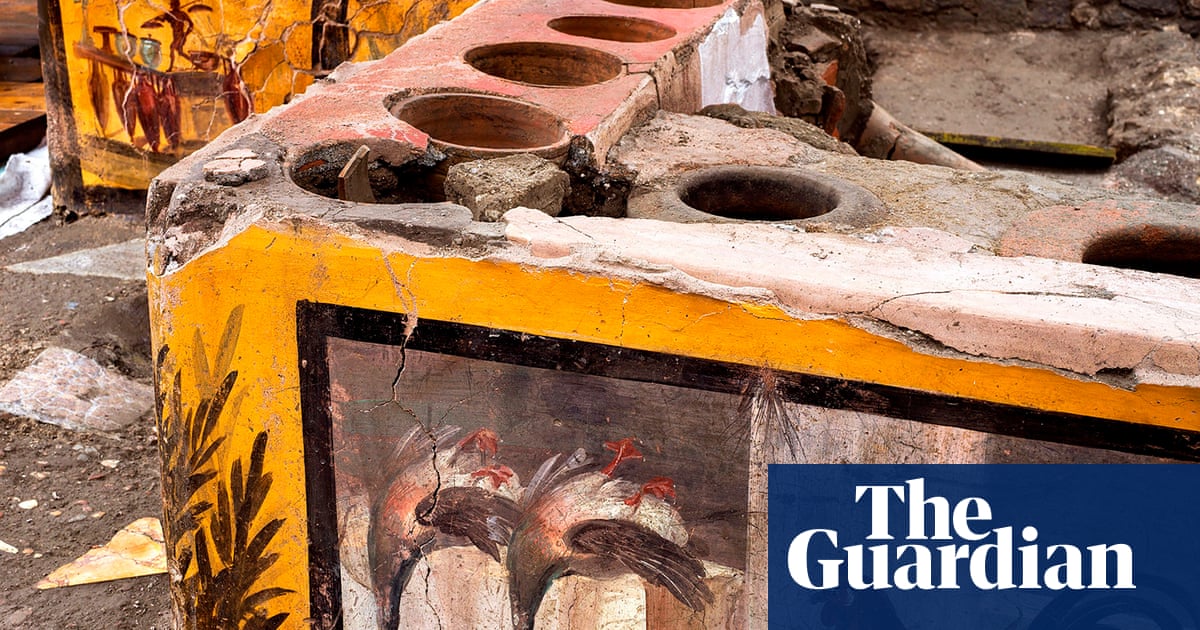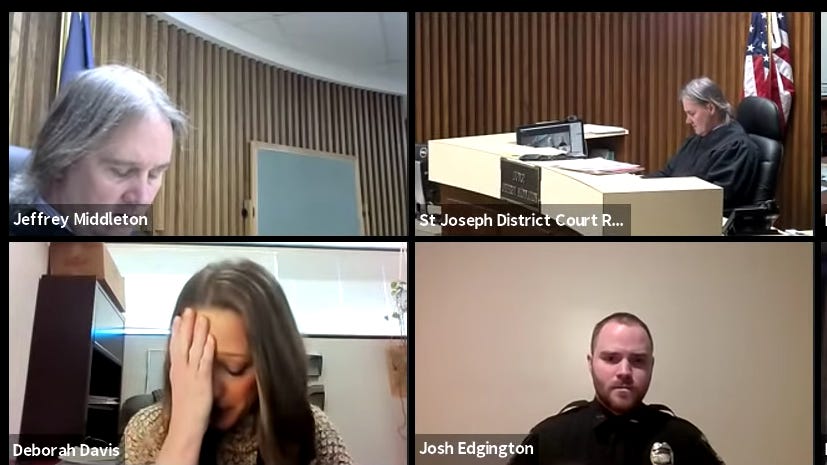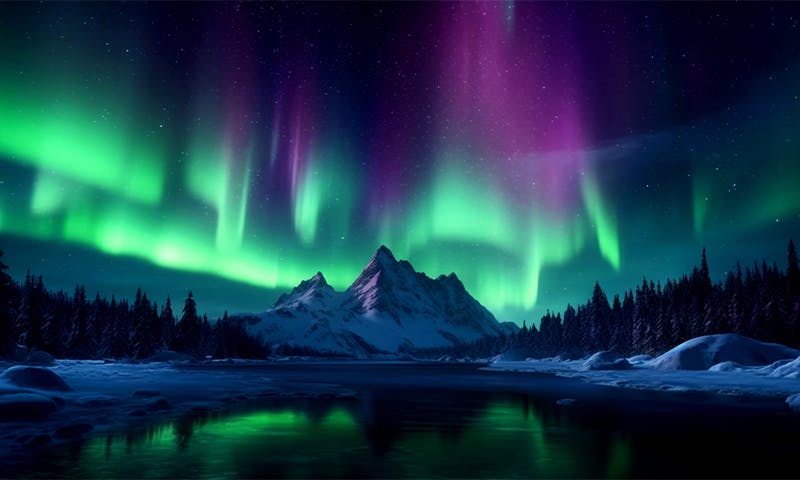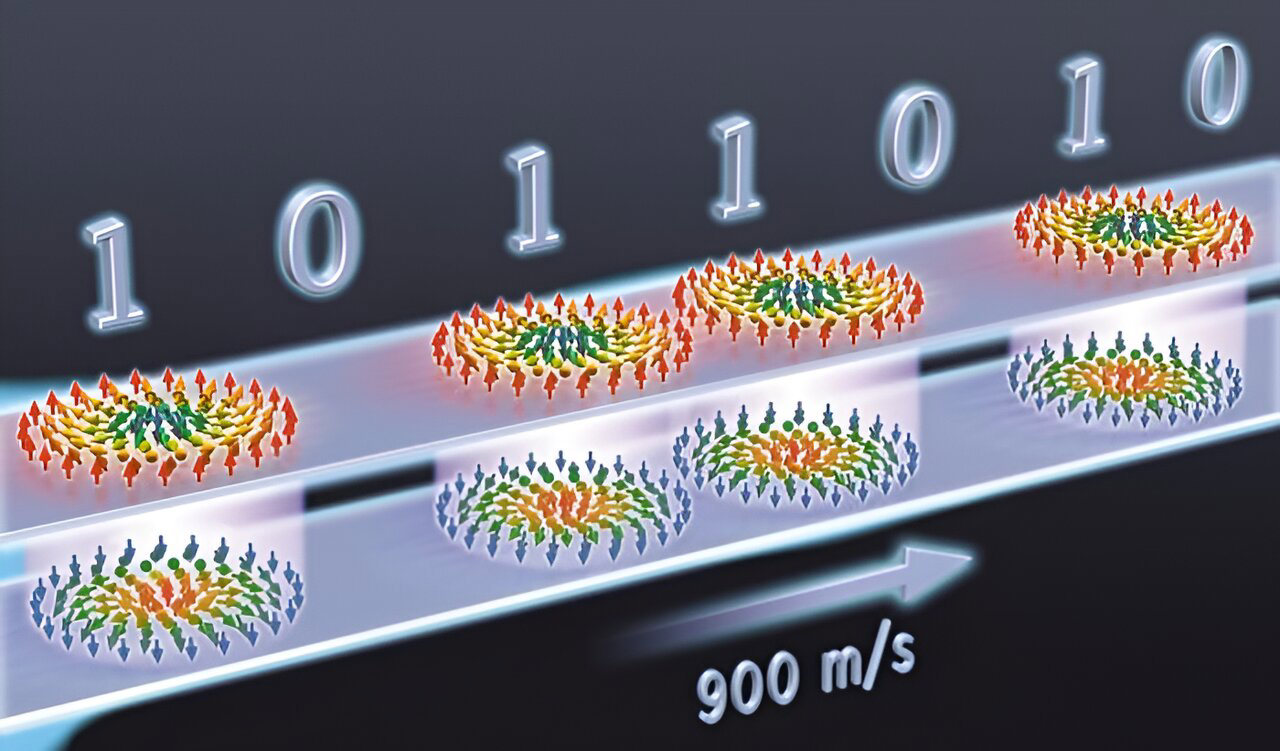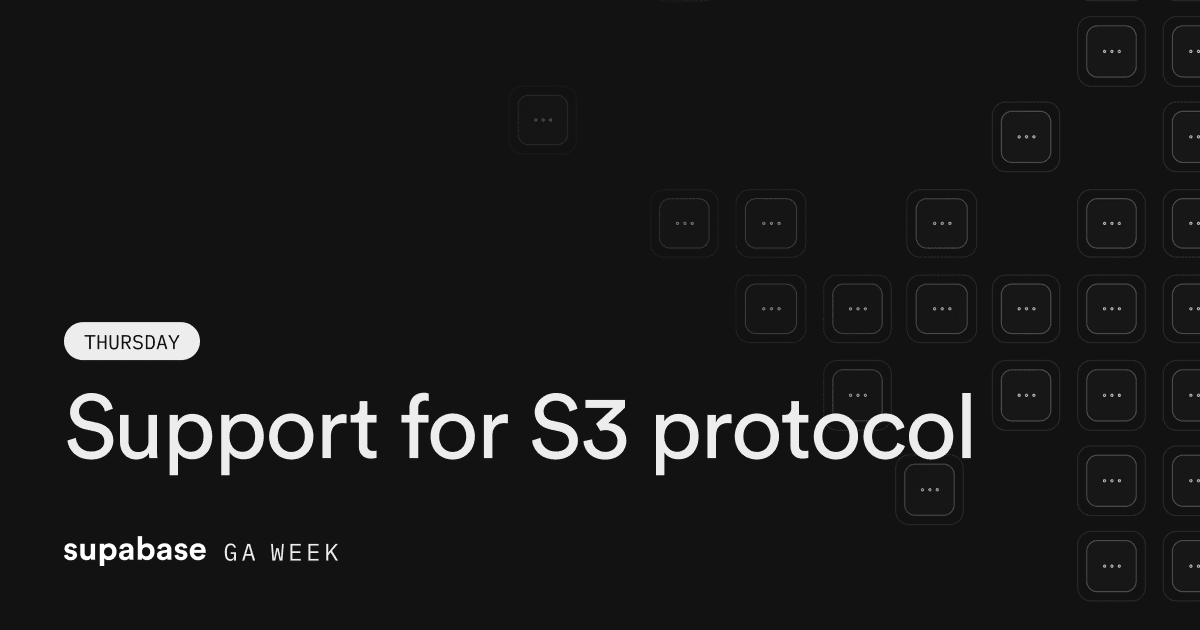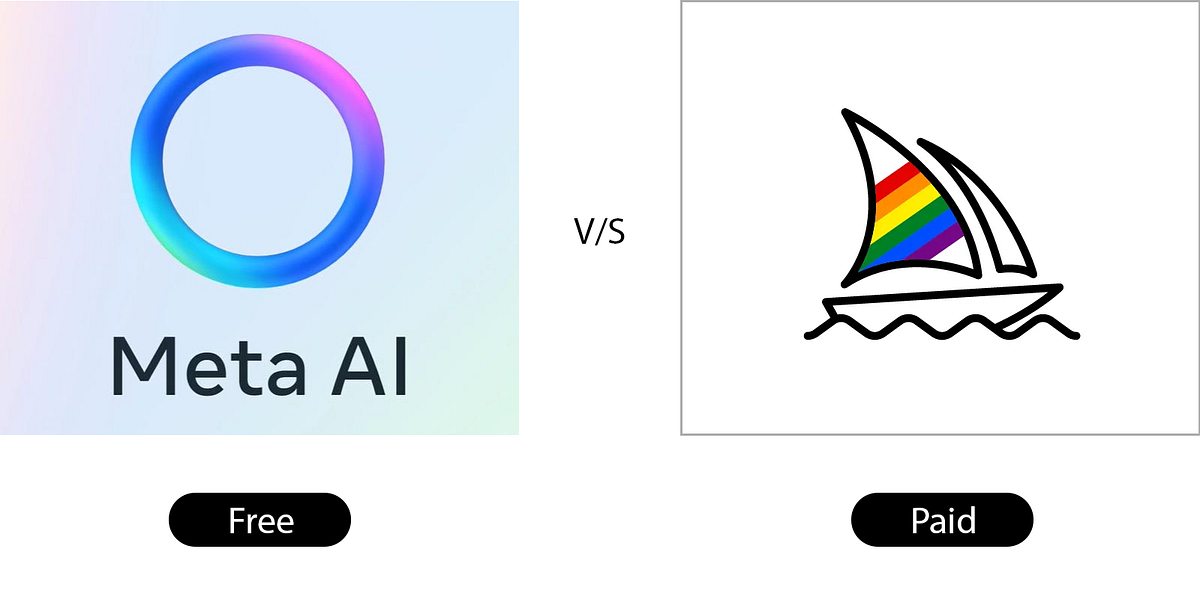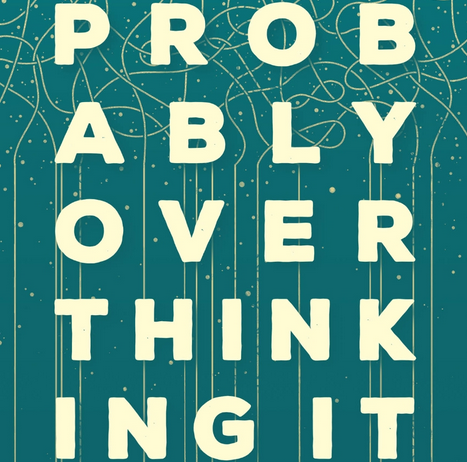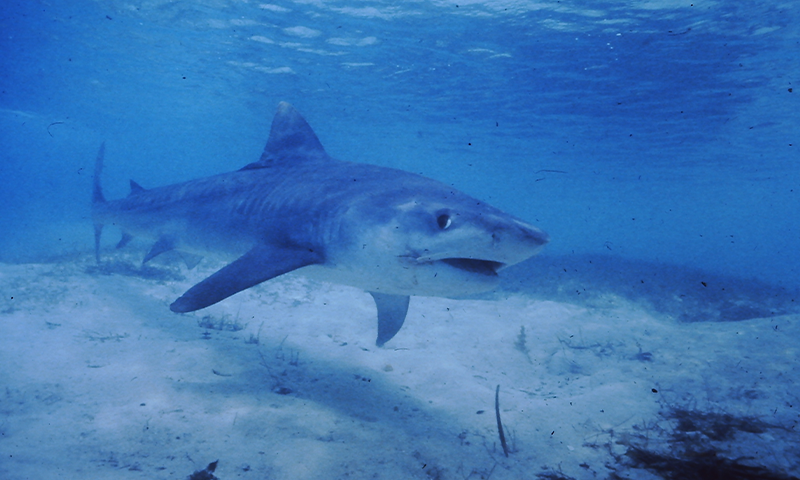Luminescence dating - Wikipedia
Luminescence dating refers to a group of methods of determining how long ago mineral grains were last exposed to sunlight or sufficient heating. It is useful to geologists and archaeologists who want to know when such an event occurred. It uses various methods to stimulate and measure luminescence.
It includes techniques such as optically stimulated luminescence (OSL), infrared stimulated luminescence (IRSL), and thermoluminescence dating (TL). "Optical dating" typically refers to OSL and IRSL, but not TL.
All sediments and soils contain trace amounts of radioactive isotopes of elements such as potassium, uranium, thorium, and rubidium. These slowly decay over time and the ionizing radiation they produce is absorbed by mineral grains in the sediments such as quartz and potassium feldspar. The radiation causes charge to remain within the grains in structurally unstable "electron traps". The trapped charge accumulates over time at a rate determined by the amount of background radiation at the location where the sample was buried. Stimulating these mineral grains using either light (blue or green for OSL; infrared for IRSL) or heat (for TL) causes a luminescence signal to be emitted as the stored unstable electron energy is released, the intensity of which varies depending on the amount of radiation absorbed during burial and specific properties of the mineral.
Most luminescence dating methods rely on the assumption that the mineral grains were sufficiently "bleached" at the time of the event being dated. For example, in quartz a short daylight exposure in the range of 1–100 seconds before burial is sufficient to effectively “reset” the OSL dating clock.[1] This is usually, but not always, the case with aeolian deposits, such as sand dunes and loess, and some water-laid deposits. Single Quartz OSL ages can be determined typically from 100 to 350,000 years BP, and can be reliable when suitable methods are used and proper checks are done.[2] Feldspar IRSL techniques have the potential to extend the datable range out to a million years as feldspars typically have significantly higher dose saturation levels than quartz, though issues regarding anomalous fading will need to be dealt with first.[1] Ages can be obtained outside these ranges, but they should be regarded with caution. The uncertainty of an OSL date is typically 5-10% of the age of the sample.[3]



